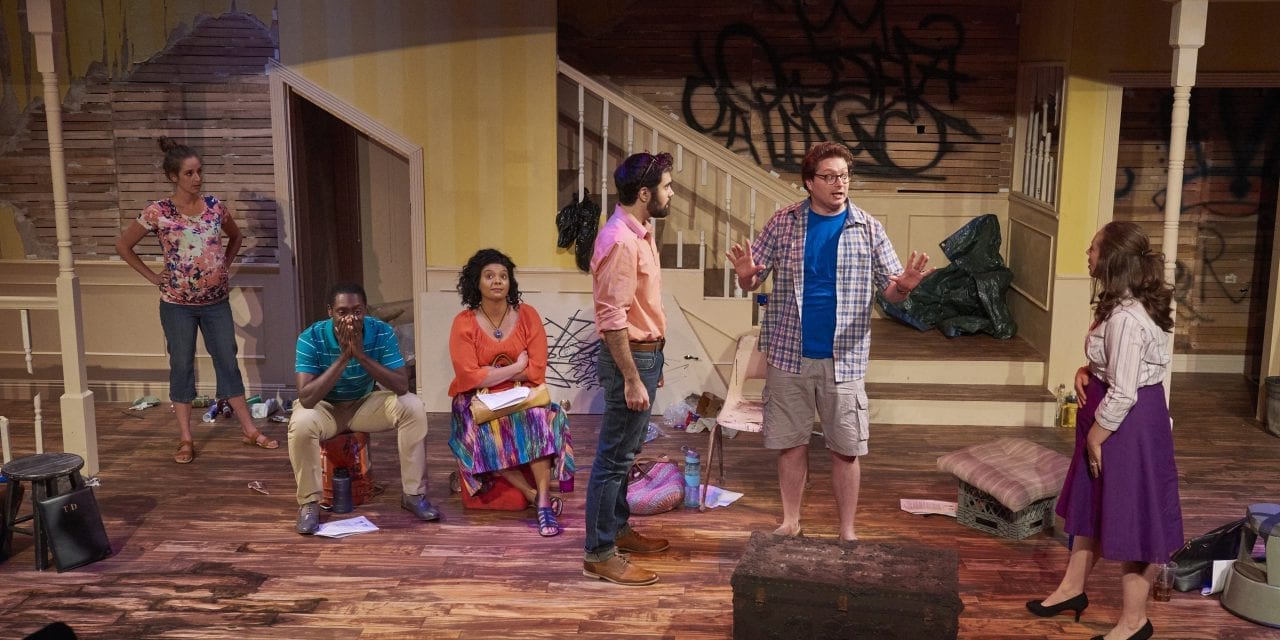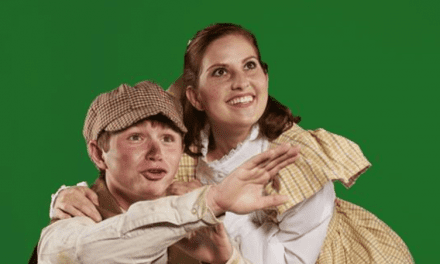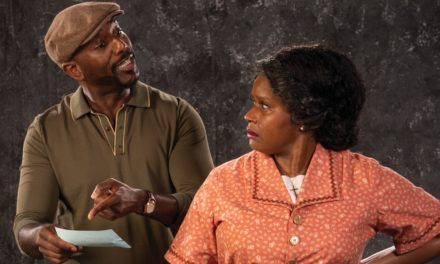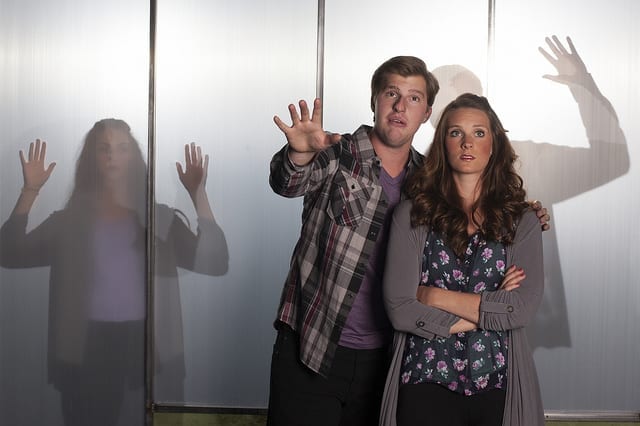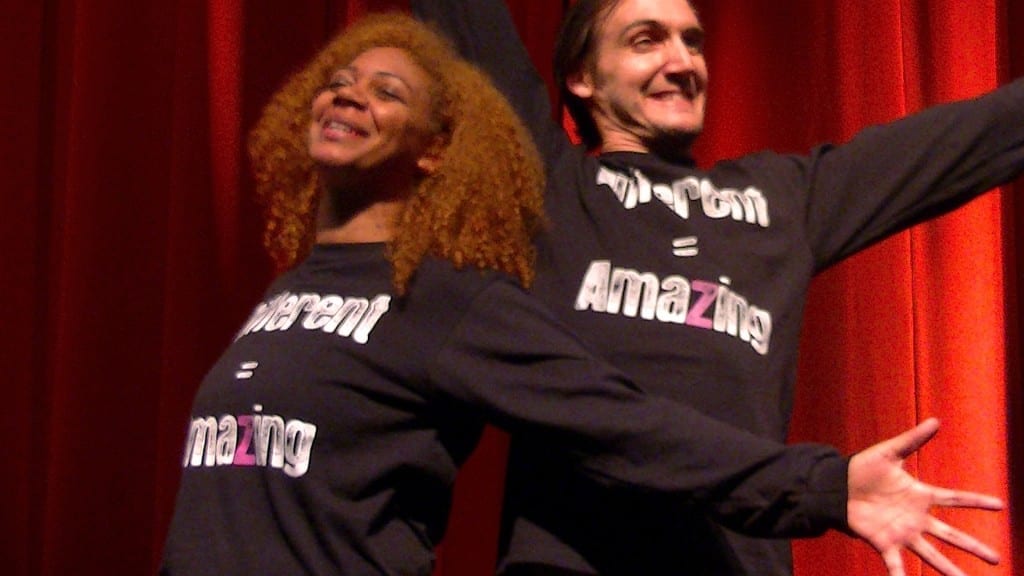LOGAN — Lyric Repertory Theatre has made an interesting choice this season to do the classic A Raisin in the Sun written by Lorraine Hansberry and the contemporary sequel to it, Clybourne Park, written by Bruce Norris. The Youngers, the protagonist family of A Raisin in the Sun, purchase a home in an all-white, middle-class Chicago neighborhood in 1959. The action in Clybourne Park follows neighbor Karl Lindner, played by Toby Tropper, as he attempts to talk Russ and Bev, played by Paul Michael Sandberg and Julia Hochner, out of selling the home to the Youngers. In an interesting twist, act two sees the same actors playing different characters in 2009 in this same neighborhood, now a black neighborhood facing gentrification.

Show closes August 2, 2019.
In 2004 I had the distinct privilege of seeing the revival of A Raisin in the Sun on Broadway, and I remember wondering what might have happened to the Youngers after the curtain fell, so I jumped at the opportunity to review Clybourne Park. Having lived in Chicago and having witnessed the gentrification process of many neighborhoods myself, I found the plot of great interest and was full of anticipation as I entered the black box space at USU. I highly looked forward to the production directed by Adrianne Moore.
The set in the black box on the USU campus designed by Jon Savage was quite noteworthy. I was especially taken by the design and work that the crew had to do between the acts to prepare for the lapse of time between the 1959 and 2009 settings. I spent some time in 2012 in Chicago searching for a place to live, and the way that the designer chose to represent the images was true to the experience I had when looking at homes and opportunities within the communities represented within this show. I was impressed with the speed with which the crew was able to transform the set. Representing 50 years worth of change in 15 minutes is not a simple task, and it is a process that they have to undo each night. This quick change shows true skill on the part of the designer. Additionally, the lighting design from Bruce Duerden added to this split-time element, as did costuming from Carey Hanson and hair and makeup by Sara Shouse, all of whom effectively designed two separate shows to reflect two separate time periods seamlessly.

Julia Hochner as Bev and Paul Michael Sandberg as Russ. Photo by Andrew McAllister.
The acting in this show was fantastic, especially when considering the heavy and difficult subject matter. Sandberg, who played a father trying desperately to push aside thoughts of a loss too troubling to think about, did a magnificent job of showing how a person can spend time on a short fuse. Hochner was fantastic playing the type of person that glosses over things—as if talking about the weather or making a small joke will cover the pain or make things less real. What was truly phenomenal was watching the actors become completely different characters in the second act. I also noticed this skilled change in Alaina Dunn, who played Francine in the first act and Lena in the second. I was completely taken by how much Dunn could say by just her eyes alone and by her movements and her command of the stage. Additionally, Jeremy Keith Hunter, as Albert in the first act and Kevin in the second act, played two parts so completely different that it would have almost been more believable to assume it was two different men playing the characters.
The subject matter and intensity grows throughout the show, covering racism, death, suicide, classism, and systematic bias in a way that really causes me to ponder my own complacency with how I fit into society. Tropper as Steve gets angry in the second act about not being able to say certain things, and his frustration reminds me of certain similar arguments being brought out still, ten years after this show won the Pulitzer prize for drama. This relevancy shows why productions like this remain important parts of the theatrical make-up of any good community. The conversations need to continue to happen. While sometimes the theatre is a place to have fun and escape from difficult lives, it is also sometimes a place to confront difficult questions, like why am I uncomfortable when someone different moves in next door or if someone looks, speaks, or eats differently than I do? Why is a fight that started in 1959 still happening in 2019? This production confronts those questions and does it masterfully. Be prepared for a mature, thought-provoking time at Lyric Rep with this show.

